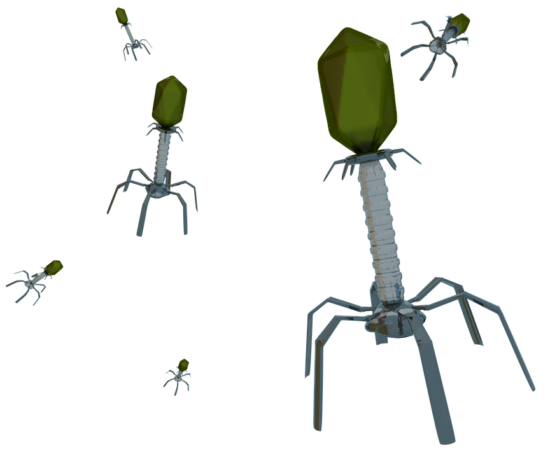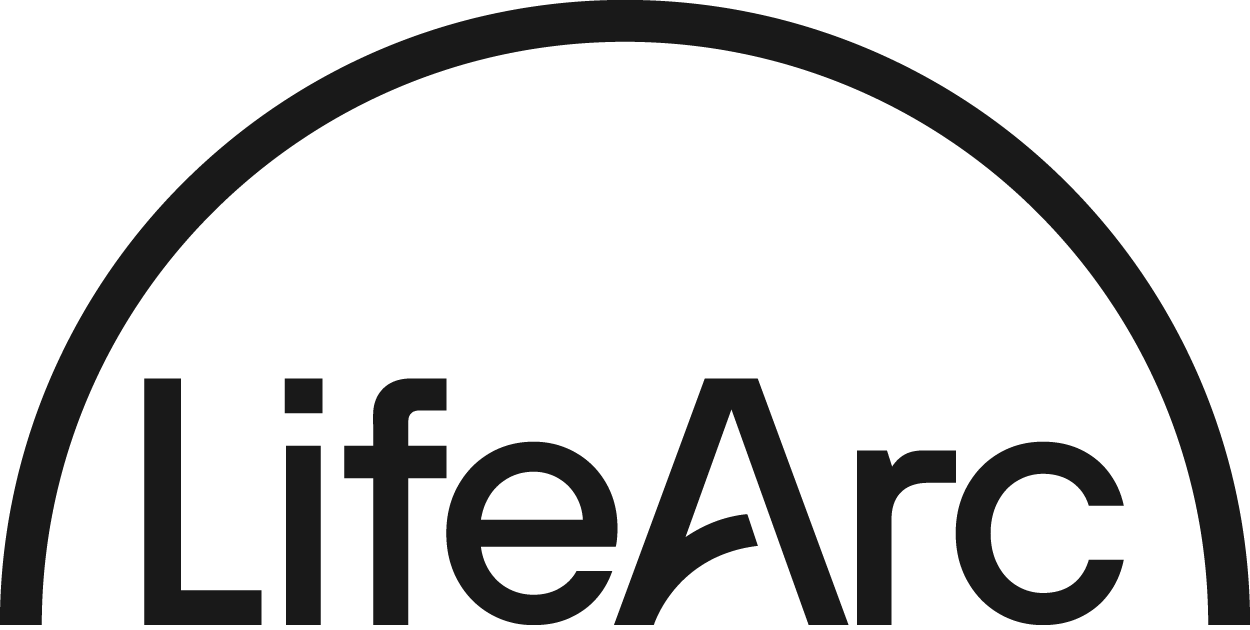Phage therapy: From biological mechanisms to future directions
Increasing antimicrobial resistance rates have revitalized bacteriophage (phage) research, the natural predators of bacteria discovered over 100 years ago. In order to use phages therapeutically, they should (1) preferably be lytic, (2) kill the bacterial host efficiently, and (3) be fully characterized to exclude side effects. Developing therapeutic phages takes a coordinated effort of multiple stakeholders. Herein, we review the state of the art in phage therapy, covering biological mechanisms, clinical applications, remaining challenges, and future directions involving naturally occurring and genetically modified or synthetic phages.
AMR NEWS
Every two weeks in your inbox
Because there should be one newsletter that brings together all One Health news related to antimicrobial resistance: AMR NEWS!





